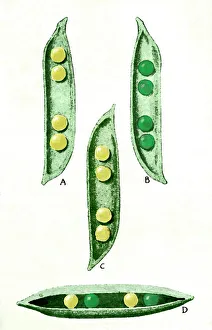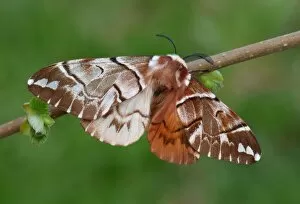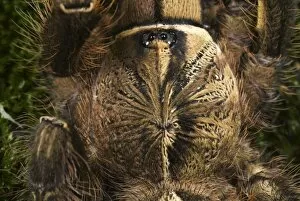Phenotype Collection
Phenotype, the visible expression of genetic traits, is a fascinating concept that can be observed in various organisms
All Professionally Made to Order for Quick Shipping
Phenotype, the visible expression of genetic traits, is a fascinating concept that can be observed in various organisms. One of the earliest studies on phenotype was conducted by Gregor Mendel, who famously used pea plants to understand inheritance patterns. Through his experiments, he discovered that certain traits such as flower color and seed shape were determined by specific genes. Moving beyond peas they can also be seen in eye color variation among humans. From deep browns to striking blues and greens, our eyes showcase the diversity resulting from different combinations of genes inherited from our parents. But it's not just humans who exhibit intriguing phenotypes. Take the Kentish Glory Moth (Endromis versicolora), for example. This stunning creature displays a gynandromorphic phenotype - its body showcases characteristics of both male and female individuals. The Fringed Ornamental Tarantula (Poecilotheria ornata) also exhibits this phenomenon with distinct differences between its left side being male and right side being female. Zooming in closer on these tarantulas' legs or cephalothorax reveals intricate details of their gynandromorphic phenotype. Such unique expressions highlight nature's ability to create astonishing variations within species. Another captivating example lies within ladybirds' colorful appearances like the Fourteen-spot ladybird with its vibrant spots adorning its wings or elytra. These markings are part of their distinctive phenotype which aids in camouflage or warning signals against predators. Even everyday items like sweetcorn grains demonstrate diverse phenotypes through variations in size, shape, and coloration - whether it's yellow Indian corn or multicolored varieties found across different regions worldwide. Studying phenotypes allows us to marvel at nature's creativity while unraveling the complex interplay between genetics and physical appearance across a wide range of organisms - from Mendel's peas to mesmerizing moths and even tarantulas with dual identities.







